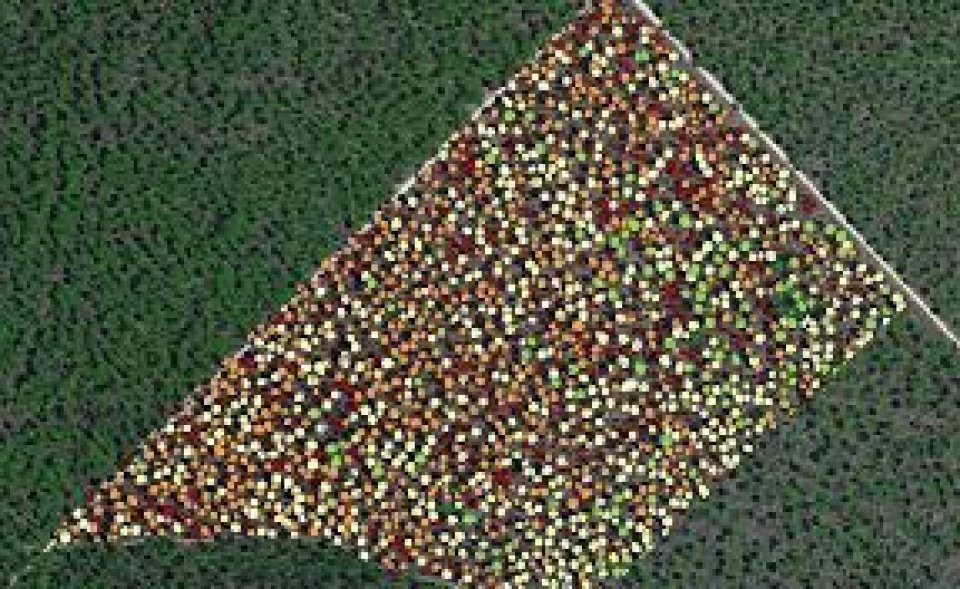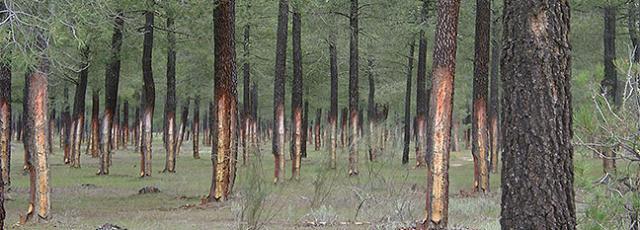
The objective of this document is to highlight the importance of different initiatives, techniques and tools that have been presented by different organizations, both public and private, through the different transfer events that have taken place within the INCREDIBLE project. The aim is to provide a global vision of the different fields to explore in the resin sector.
Due to changing market conditions, resin went from being an important activity for Spanish forests, especially in the Castilla y León region, to being practically abandoned in the 1990s. The initiatives that were undertaken at that time in the field of forest management and research were gradually abandoned due to the practical disappearance of the resin activity. In this regard, different methodologies have been presented in the framework of the INCREDIBLE project that could be implemented in this sector.
Resin is one of the products that can be obtained from pinaster pine stands, with wood being the main product in most of Spanish stands. Hence, no resin production models have so far been developed, although some research groups are currently working in this area. One of the initiatives presented was that of CETEMAS, where work is being conducted on the calibration of the 3PG process model for stone pine and pinaster pine stands in the Central Plateau. These types of models are complicated, require many input variables, but explain the physiological functioning of trees, allowing their evolution to be determined under certain conditions. In this regard, the UPM is developing a line of research that seeks to understand the interrelationships between soil and climate in resin production. Process models could be applied to resin production in the future.
Process models offer many advantages, since they combine dasometric and environmental variables, provide spatial resolution, are a useful tool for forest management and make it possible to determine the behavior of forest stands under different climatic scenarios. The main drawback lies in the complexity of their calibration, since they require a large amount of input data, and their development and validation take time. In this regard, LiDAR technology is another that may be of great interest for estimating resin production, since it allows stand and individual tree attributes to be estimated with high precision and at low cost.
The main positive impact in the case of resin is that there are numerous initiatives (research groups, operational groups such as ACREMA and RESIMEC) working in this field, so the possibilities for development are enormous. The weaknesses lie in the fact that the sector that has lost time in developing tools, although if the available knowledge, technology and methodologies are exploited, there is ample scope for future development.
The main development in the future should be to develop models that allow resin production to be estimated based on climatic and dasometric variables. Thus, its use could be planned more efficiently. These types of models, in combination with the information provided by LiDAR technology, could help to identify the most productive, user-friendly areas.
Marta González García, mgonzalez@cetemas.es
Rafael Alonso, rafa.alonso@fora.es
Aida Rodríguez, aida.rodriguez.garcia@upm.es
Further information
(c) Rafael Alonso

Resin tapped pine stand. (c) CESEFOR
